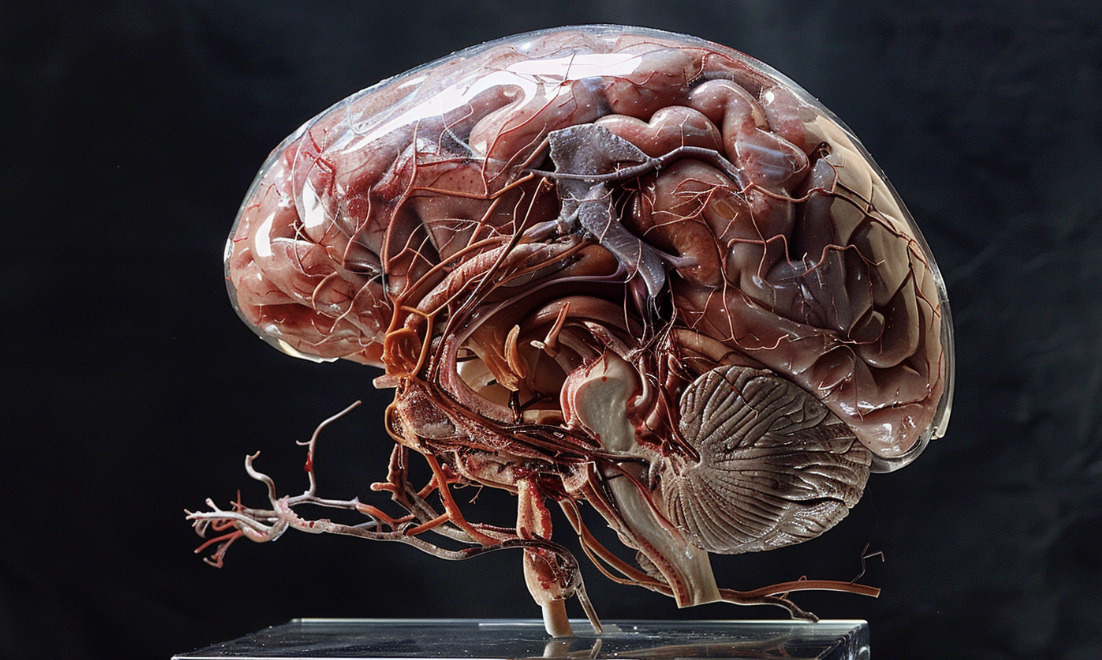Get The Article
- Article PDF
- Brain Sciences Article
Cite This Work
- APA
- MLA
- Bibtex
Zheng, Z. S., Reggente, N., & Monti, M. M. (2023). Arousal regulation by the external globus pallidus: a new node for the mesocircuit hypothesis. Brain Sciences, 13(1), 146. https://doi.org/10.3390/brainsci13010146
Zheng, Zhong Sheng, et al. “Arousal regulation by the external globus pallidus: a new node for the mesocircuit hypothesis.” Brain Sciences, vol. 13, no. 1, Jan. 2023, p. 146, doi:10.3390/brainsci13010146.
@article{Zheng_Reggente_Monti_2023, title={Arousal regulation by the external globus pallidus: a new node for the mesocircuit hypothesis}, volume={13}, url={https://doi.org/10.3390/brainsci13010146}, DOI={10.3390/brainsci13010146}, number={1}, journal={Brain Sciences}, author={Zheng, Zhong Sheng and Reggente, Nicco and Monti, Martin M.}, year={2023}, month=jan, pages={146} }
Introduction
In the intricate architecture of the brain, the External Globus Pallidus (GPe) has traditionally been recognized as a cornerstone in motor control. However, recent research reveals a more profound narrative—one where the GPe emerges not just as a facilitator of movement, but as a pivotal regulator of arousal and consciousness. This evolving perspective invites us to reconsider the Mesocircuit Hypothesis, integrating the GPe as a crucial node that orchestrates the delicate interplay between wakefulness and sleep.
The Mesocircuit Hypothesis and the GPe’s Expanding Role
The Mesocircuit Hypothesis (MH) offers a framework for understanding consciousness, focusing primarily on the thalamus as the central relay in sustaining arousal. Yet, the basal ganglia, particularly the GPe, have often been overlooked in this context. The GPe, once seen merely as a relay in motor pathways, now emerges as an integral regulator within the mesocircuit, influencing both motor and non-motor functions.
- Enhancing the MH Framework: Integrating the GPe into the MH enriches our understanding of arousal regulation, bridging the gap between motor control and cognitive states.
- Interconnected Networks: The GPe’s extensive connections with cortical and subcortical structures underscore its role in harmonizing neural processes essential for maintaining consciousness.
- Dynamic Modulation: The GPe’s ability to modulate inhibitory and excitatory signals positions it as a dynamic regulator, vital for adaptive arousal responses.
GPe’s Role in Sleep-Wake Regulation
The GPe’s influence extends deeply into the regulation of sleep-wake cycles, orchestrating the transitions that govern our daily rhythms. Animal studies illuminate the GPe’s dual capacity to promote wakefulness and facilitate restful sleep, underscoring its significance in maintaining sleep architecture.
- Damage to the GPe: Disruption of the GPe leads to heightened wakefulness intertwined with fragmented sleep patterns, revealing its role in stabilizing sleep.
- Stimulation of the GPe: Enhancing GPe activity promotes sleep, particularly non-REM (NREM) sleep, crucial for restorative processes.
- Connection with the Thalamic Reticular Nucleus (TRN): The GPe’s interaction with the TRN plays a vital role in sensory gating, ensuring that extraneous stimuli do not disrupt sleep by modulating thalamocortical neuron activity.
Neurochemical Insights: Adenosine and Dopamine
The GPe’s interactions with neurochemicals such as adenosine and dopamine reveal the biochemical underpinnings of arousal regulation.
- Adenosine (A2A) Receptors: Abundant in the striatum, these receptors facilitate sleep promotion when activated. The GPe’s interaction with adenosine receptors positions it as a mediator in the transition to sleep.
- Dopamine (D2) Receptors: Dopamine modulates GPe activity through D2 receptors, influencing arousal states. In conditions like Parkinson’s Disease, where dopamine levels are compromised, sleep disturbances often manifest, highlighting the GPe’s role in maintaining sleep-wake balance.
The GPe in Disorders of Consciousness
Beyond its role in normal sleep-wake regulation, the GPe emerges as a key player in disorders of consciousness (DOC), offering new avenues for understanding and treatment.
- Functional Connectivity and Atrophy: In DOC patients, pallidal atrophy, particularly within the GPe, correlates with measures of behavioral arousal and neural complexity, suggesting its vital role in sustaining consciousness.
- Pharmacological Interventions: Medications like Zolpidem (Ambien), typically used for insomnia, paradoxically enhance arousal in some DOC patients. This effect is likely mediated by the GPe’s extensive GABAergic connections, which modulate thalamocortical activity.
- Differential Connectivity: The GPe’s robust connections with the prefrontal cortex (PFC) and central thalamic nuclei, as opposed to the GPi’s motor-centric connections, indicate a specialized role in cognitive arousal and consciousness.
Integrative Perspectives on the GPe’s Functionality
The GPe’s complex role in the broader neural landscape extends beyond traditional motor control, embedding itself within the nuanced interplay of consciousness and arousal.
- Bridging Motor and Cognitive Domains: The GPe’s involvement in both motor and non-motor functions positions it as a crucial intersection within the brain’s network, influencing cognitive processes as well as physical actions.
- Therapeutic Potential: Understanding the GPe opens new avenues for therapeutic interventions, particularly in treating sleep disorders, DOC, and neuropsychiatric conditions through targeted modulation of its activity.
Figure 1

Conclusion
The External Globus Pallidus, once a peripheral player in the orchestra of neural functions, now takes center stage as a conductor of arousal and consciousness. Its integration into the Mesocircuit Hypothesis not only broadens our understanding of the brain’s regulatory mechanisms but also offers new insights into the treatment of disorders related to consciousness and sleep. As we continue to explore the GPe’s intricate pathways and interactions, we open the door to innovative therapies and a deeper understanding of the brain’s orchestration of wakefulness and rest.

